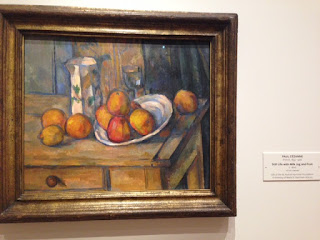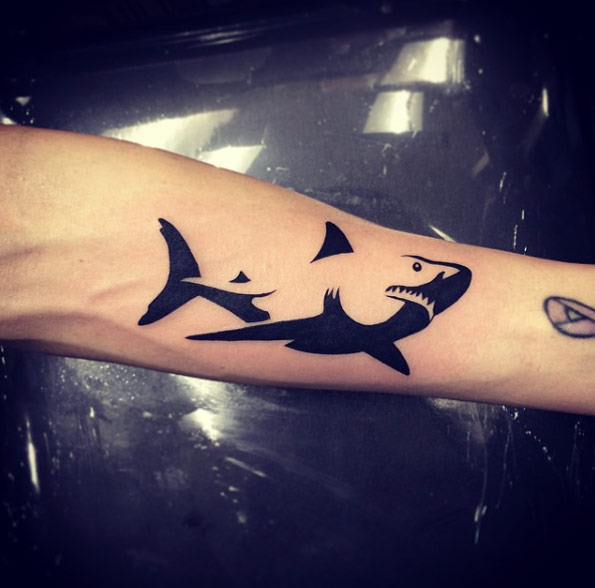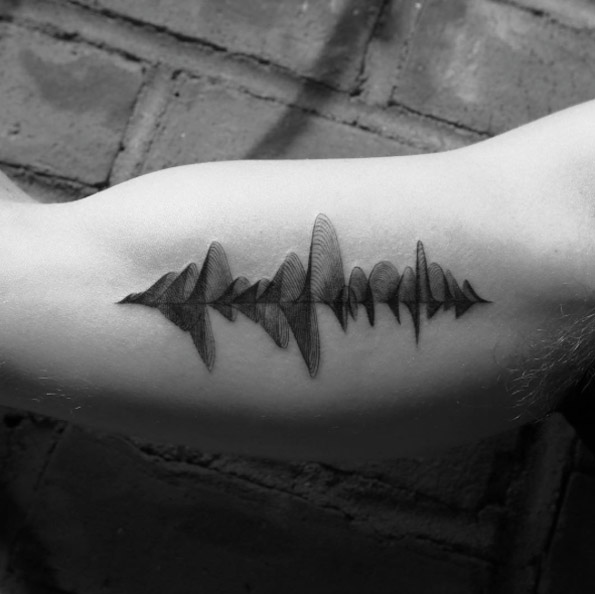This exceeded my expectations. There were so many different mediums of art and it was all so alive. I was fascinated by the fabric/ light display in McManus--it reminded me of a combination of a teepee, circus solei, and a hurricane. The Library and Sellinger totally took me by surprise, I wish they always looked like that. I liked the films projected outside because usually, the only art you see outside is sculptures. I felt like I was Alice in Wonderland moving through time and space because everyone was silent and just in awe of everything. I couldn't believe the transformation. I also appreciate the different messages of the art. Some seemed to provoke school pride, others focused on the environment and conservation. They all used light in unique ways and played with the idea of "light" and "light" v. "dark". We sometimes only think of light as the absence of dark and dark as the absence of light but this showed that there is more to it. Light can be constant and steady or fluctuating, moving, and Alive! The artists also brought color to the discussion so it wasn't just white light which is what I think of when I think of light (I literally think of a lightbulb that is bright white and turned on). The eye path was very literal in some of these works because the artist physically moved the eye by turning the lights on in a sequence. However, the viewer breaks this intentionality by walking up to the work when it is in the middle of a sequence... this is a cool thing to consider because it doesn't happen with still works. After all, a movie and a song can have entirely different meaning if you miss the first half. With art that moves through a sequence, there is a beginning and an end... or is there? Maybe true art does not have a defined beginning and end just like it does not have only one specific meaning.
Emma's blog
Saturday, May 6, 2017
Tuesday, April 25, 2017
National Art Gallery
Different shades of white (as discussed in class)
texture
color, denotative, connotative and ideological meanings to consider
Warhol
texture
color, brush strokes, lines
light!! color, eye path and lines that the figures create. Ideological meaning?
color, eye path, texture, brushstrokes
color, brush strokes, texture, light
color, brush strokes, texture, light
color, brush strokes, texture, light
color, brush strokes, lines
color, brush strokes, lines
Monet
light, brushstrokes, color (as discussed in class)
light, eye path
Student Art Show
I thought this was such a creative use of the color wheel. It also reminded me a bit of data representation. Associating colors, words and animals would be a great way to teach children.
I stared at this for a while trying to find the ideological meaning. I think it is highlighting that America is a very consumerist society, focused on image and perfectionism.
I really appreciated the creativity of using paper towel to make the koi fish pond! It was also symbolic/ironic because paper towel absorbs water so this is a water-less bond where the fish would actually die. The ink and the watercolor combination came out really well and made this piece clean and bold!
I think this sketch really comes to life. I can hear the person in the image making a loud funny sound. The artist really brought life to the work by capturing the personality of the subject.
Thursday, April 6, 2017
Monday, April 3, 2017
Thursday, March 30, 2017
Postmodernism
I'm glad this piece was on van Gogh because it gave me a new perspective on my artist. I also really appreciated his statement about how reproduced the peasant shoes painting is and how it has become a decoration. There are many famous works of art that I take for granted and have never seriously examined or even thought about for more than a few minutes. We see the Mona Lisa everywhere, people use waterlilies as a computer background, Warhol's works are in every college dorm on posters. I think this degrades the images. I remember when I saw Stary Night at the MOMA and I was so taken aback that I stared at it for 20 minutes. At first, all I wanted to do was take a million photos of it to look back on, but then I realized that if I just took the time to look closely enough and really examine it and think about it, I wouldn't need a pixelated phone camera image to look back on. For this reason the following sentence really stood out to men, "Unless that situation--which has vanished into the past-- is somehow mentally restored, the painting will remain an inert object, a refined end product impossible to grasp as a symbolic act in its own right, as praxis and as production."
- "a world reduced to its most brutal and menaced, primitive state," (7).
- "the work of art emerges in the gap between the Earth and the World." (7)
- "the role of the photographic negative in contemporary art" (9).
- "Although this kind of death of the world of appearance becomes thematized in certain Warhol pieces, this is not a matter of content any longer but of some more fundamental mutation both in the object world itself-- now become a set of texts or simulacra-- and in the disposition of the subject."
- "the waning of affect in postmodern culture" (at first I didn't understand this but now I completely agree!
I also think that it is very interesting and clever/ eye-opening to compare van Gogh and Warhol because while they are both certainly talented artists, they seem like apples and oranges, well, actually, kiwis and carrots (so completely different that you can't possibly compare the two. However, I think this way of looking at it, my previous way, is very close-minded and a result of society today focusing on only what is right in front of us rather than the whole picture.
- "a world reduced to its most brutal and menaced, primitive state," (7).
- "the work of art emerges in the gap between the Earth and the World." (7)
- "the role of the photographic negative in contemporary art" (9).
- "Although this kind of death of the world of appearance becomes thematized in certain Warhol pieces, this is not a matter of content any longer but of some more fundamental mutation both in the object world itself-- now become a set of texts or simulacra-- and in the disposition of the subject."
- "the waning of affect in postmodern culture" (at first I didn't understand this but now I completely agree!
I also think that it is very interesting and clever/ eye-opening to compare van Gogh and Warhol because while they are both certainly talented artists, they seem like apples and oranges, well, actually, kiwis and carrots (so completely different that you can't possibly compare the two. However, I think this way of looking at it, my previous way, is very close-minded and a result of society today focusing on only what is right in front of us rather than the whole picture.
Tuesday, March 28, 2017
the Shape of Time
I really like that Kubler began with the railroad analogy because it helped me understand the argument. I also like that Kubler discusses the entrance of an artist because I think this is something the average person overlooks when thinking about an artist. People discuss artists in terms of who inspired them or who they inspired but they don't talk about what inspired the artist. By this I mean that the way the artist grew up or what was happening at that period of time is sometimes forgotten. People talk more about where the artist studied than what was happening in the world at that time (war, revolutions, scientific discoveries, etc.). In grades school we learned about musicians upbringings and surroundings but we only talked about painters in terms of who came before them and who came after them.
I think Kubler summed it up very well by writing about the disservice it does to society to separate art from science, mechanical from liberal arts. This further adds to the discussion we had earlier in the year about the intersection of science, math and art.
"Our choice of the 'history of things' is more than a euphemism to replace the bristling uniqueness of 'material culture'."
I think Kubler summed it up very well by writing about the disservice it does to society to separate art from science, mechanical from liberal arts. This further adds to the discussion we had earlier in the year about the intersection of science, math and art.
"Our choice of the 'history of things' is more than a euphemism to replace the bristling uniqueness of 'material culture'."
Subscribe to:
Posts (Atom)
















































